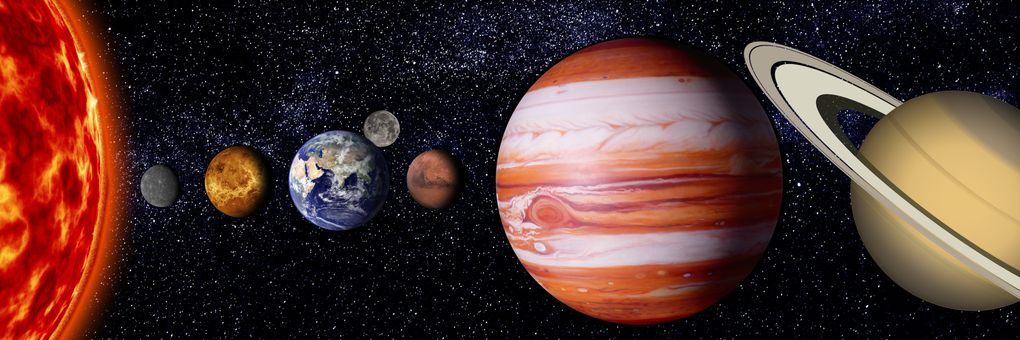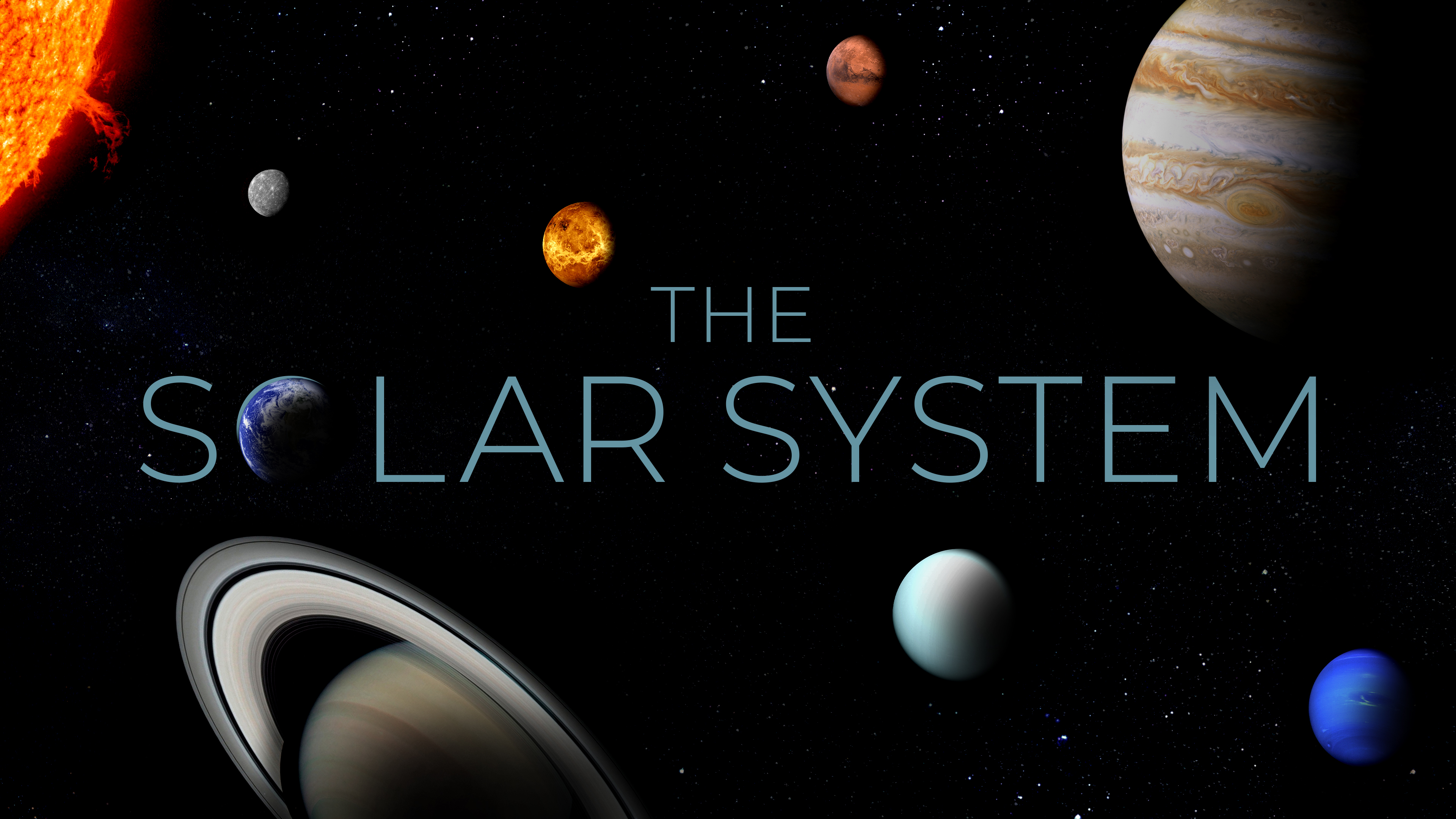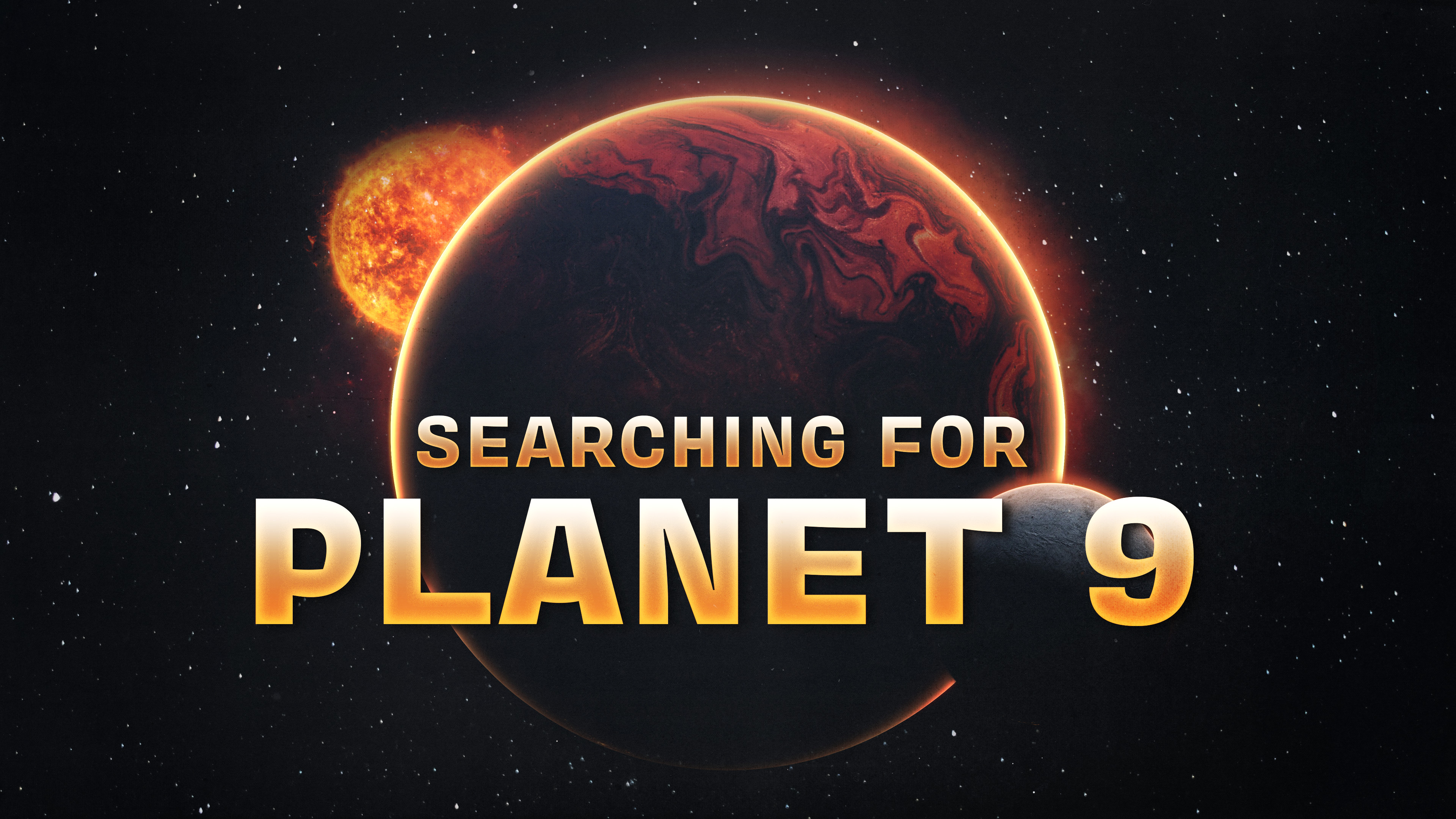How did the Solar System evolve into a stable structure on the outskirts of the Milky Way? And what does its future hold?
◊
The Solar System, a cosmic arrangement of planets, moons, asteroids, and comets orbiting the Sun, has undergone a fascinating evolution since its formation about 4.6 billion years ago. That evolution will continue for billions of years into a future that is at once predictable in the large scale but not wholly certain in detail. Here is a brief account of what scientists know and what they believe will happen over the eons to come.
For a big picture tour of our vast planetary system, watch MagellanTV's The Solar System.
Formation and Early Development
The Solar System began as a vast cloud of gas and dust, known as the solar nebula. Gravity pulled this material together, causing the nebula to collapse and spin. Most of the material was drawn toward the center, eventually forming the Sun. Remaining particles gradually collided and stuck together, creating myriad celestial bodies ranging from tiny asteroids to gigantic planets.
During this early stage, the inner Solar System was extremely hot, allowing only rocky materials to survive. This stuff formed the inner planets: Mercury, Venus, Earth, and Mars. Farther from the Sun, where temperatures were cooler, the gas giants Jupiter and Saturn formed by holding on to lighter gasses. Beyond them, in much colder regions, the ice giants Uranus and Neptune coalesced.
The Late Heavy Bombardment and Planetary Migration
Approximately 4 billion years ago, the Solar System was besieged by the Late Heavy Bombardment, a period of intense asteroid activity marked by numerous impacts on the planets. This era reshaped the surfaces of the inner, rocky planets, leaving behind numerous craters on all of them. The bombardment is thought to have been strongly influenced by gravitational forces created by the giant planets, particularly Jupiter and Saturn, which were migrating through the early Solar System at the time.
Stable Middle Age
For the past few billion years, the Solar System has been relatively uneventful. All eight planets (and possibly a ninth) have settled into their current orbits, and the Sun has remained in a stable phase of its life, fusing hydrogen into helium. During this extended period, life emerged on Earth – and potentially on other bodies such as Saturn’s moon Enceladus.
Could there be a ninth planet lurking in the Solar System? Check out MagellanTV's Searching for Planet 9 for an intriguing perspective on the possibility.
The Future: Solar Changes and the Fate of the Planets
In about 5 billion years, the Sun will exhaust its hydrogen fuel and enter a red giant phase. It will expand, likely engulfing the inner planets, including Earth. Our exhausted star will then shed its outer layers, leaving behind a white dwarf. This dramatic transformation will have profound effects on the remaining planets. The Sun’s loss of mass will loosen its gravitational grip, potentially causing planets to drift into new orbits or to be ejected from the Solar System entirely.
Long-Term Stability and the Very Distant Future
What will become of the Solar System over the extremely long-term future? Some of the planets – and many other smaller objects – will continue to orbit the Sun’s white dwarf remnant. However, over eons, the orbits of these bodies may change due to gravitational interactions with each other and with passing stars.
The Solar System’s long journey from a cloud of dust to its current configuration is a story of formation, migration, and stabilization. The journey will continue through further transformations over billions of years, highlighting not only the dynamic nature of planetary systems but also the ever-changing face of our cosmic neighborhood.
Ω
Title Image source: Pixabay



